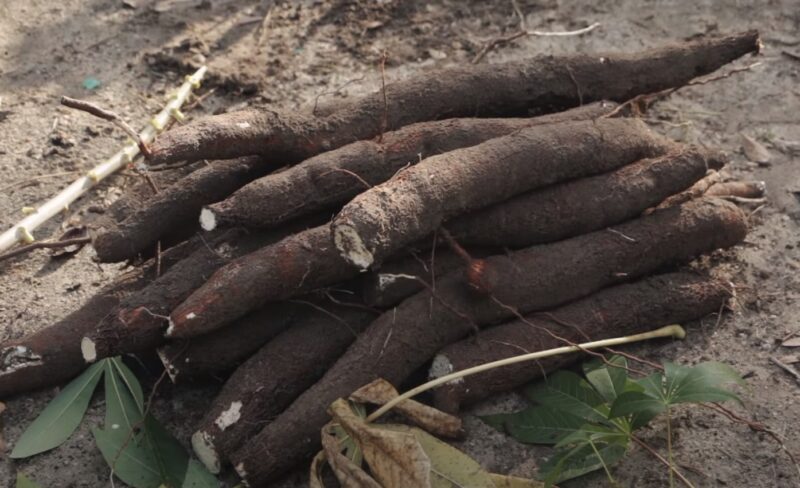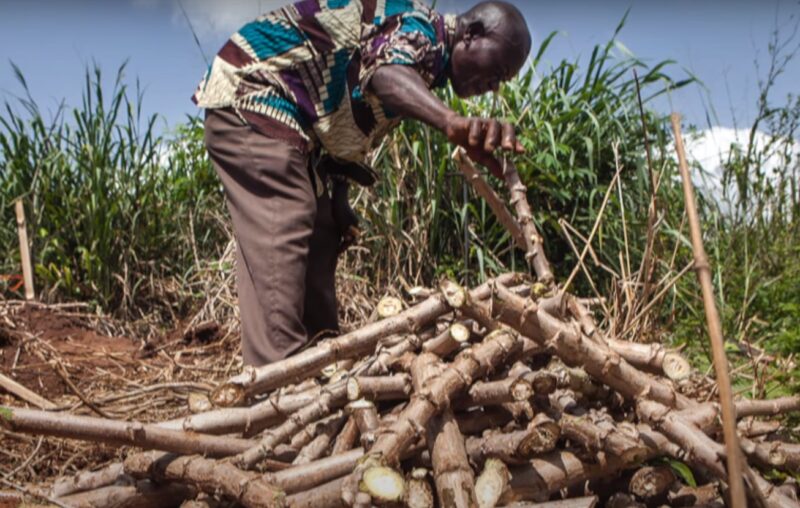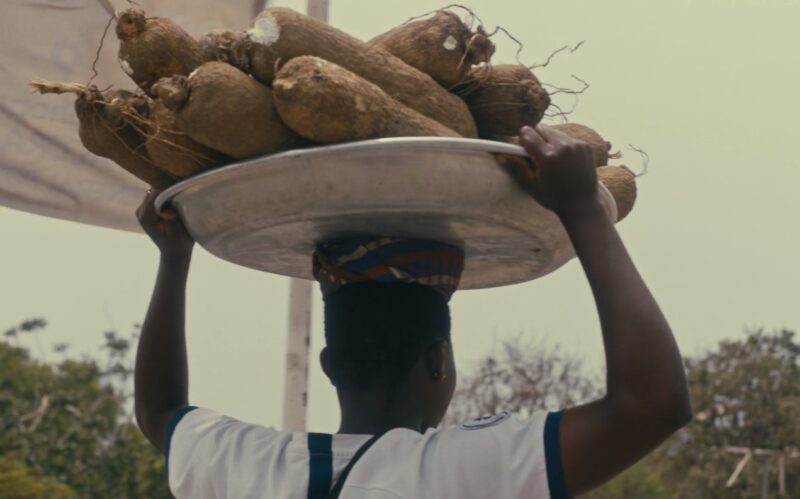Cassava is a crop that has spread widely. Originally from South America, it’s now grown in many places and is part of different cultures. It thrives in various climates and soil types, which helps farmers provide food in their communities.
This article will look at cassava’s history – how did it spread from South America worldwide? We’ll also cover how it’s cultivated, from preparing land to harvesting.
Let’s Start With Its History

- Origins in South America: Archaeological evidence suggests its cultivation dates back over 10,000 years. Initially grown by indigenous tribes, this plant played a crucial role in their diet and culture. Its ability to thrive in diverse conditions made it a reliable food source. Its significance in indigenous cultures is evident in their myths and legends, where cassava is often revered as a gift from the gods or a symbol of life and fertility.
- Global Spread and Adaptation: The spread began with European explorers in the 16th century.
In Africa, cassava quickly adapted to the tropical climate, becoming a primary food source in many countries. In Asia, it found its place both as a food crop and a source of starch for industrial purposes.
Cultivation and Harvesting

The cultivation and harvesting processes of cassava are very important for agriculture.
- Growing Conditions and Planting: It is a hardy plant that can grow in poor soil and withstand drought. It prefers tropical or subtropical climates with moderate rainfall. The planting process involves cutting stems from mature plants and planting them directly into the soil. The crop is relatively low-maintenance, needing minimal fertilization or pest control.
- Harvesting and Post-Harvest: Typically ready for harvest within 6 to 12 months after planting. The timing can impact the root’s quality and starch content. Harvesting involves uprooting the entire plant to extract the tuberous roots. The roots need to be processed or consumed quickly after harvesting, as they spoil rapidly. Traditional and modern methods include drying, fermenting, and milling.
Nutrition and Health Benefits

Cassava is not only a source of calories but also offers various health benefits.
- Macronutrients and Micronutrients: Cassava is primarily a source of carbohydrates, providing energy. It also contains some essential vitamins and minerals, such as vitamin C, calcium, and magnesium. However, it is low in protein and other essential nutrients. The leaves are rich in protein, vitamins, and minerals.
- Health Benefits: It is gluten-free, making it a suitable carbohydrate source for those with gluten intolerance or celiac disease. However, it contains compounds that can convert to cyanide if not properly processed. Traditional methods like soaking, fermenting, and cooking effectively reduce these compounds, making the plant safe for consumption.
Use in Traditional Cuisines
- Africa: It is used in various forms – as boiled roots, pounded into fufu, or fermented into gari. Each region has its unique way of preparing. In Nigeria, cassava is transformed into a popular dish called eba, made by mixing gari with hot water to form a dough. The most popular combination is with soup.
- South America and the Caribbean: In South America, where it originates, cassava is used in dishes like bread and farofa. The Caribbean islands use it in traditional dishes like bammy in Jamaica, a flatbread made from cassava flour.
Industrial Uses
Cassava has significant industrial applications.
- Starch Production: Cassava is a major source of industrial starch. Its high starch content makes it ideal for producing sweeteners, adhesives, and biodegradable products. The starch is also used in the textile and paper industries.
- Biofuel Production: As a source for biofuel production, particularly ethanol. Its high starch content and low cultivation costs make it an attractive alternative to traditional crops like corn and sugarcane for ethanol production. In countries like Thailand and Nigeria, cassava-based ethanol is gaining traction, providing a renewable energy source and supporting rural economies.
Final Words
Cassava has shown it’s one tough crop. Not only does it feed many people worldwide, but it can also grow in different conditions so families have options. That’s big when weather or land isn’t perfect.
The more farmers work with cassava, the clearer it becomes this plant may help in building a better future. Where it grows, people don’t need ideal situations to harvest. Cassava also allows conserving resources like water and soil.

